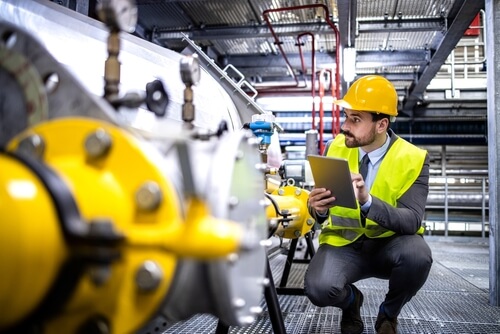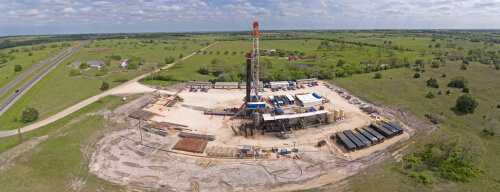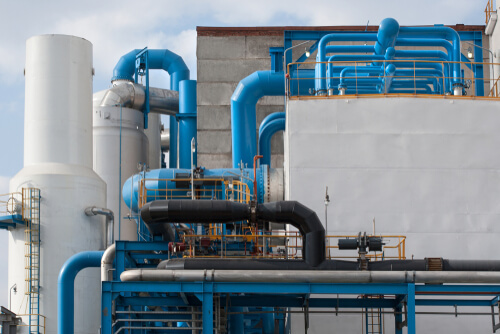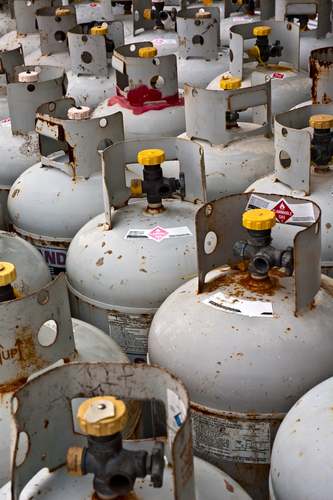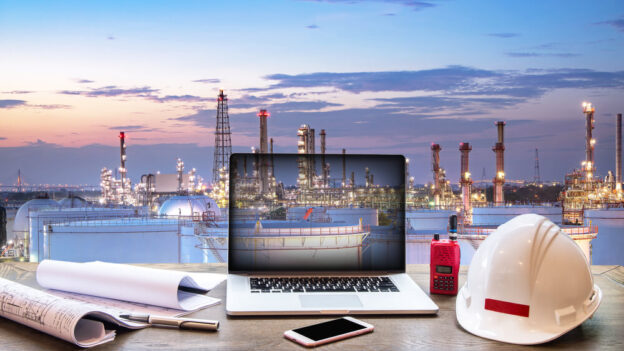Working on an oil rig is a dangerous job. When your office is an industrial complex towering over the ocean, and your commute involves helicopter rides hundreds of feet in the air, it’s no wonder oil rig crews have developed superstitious beliefs and rituals over the years.
Everyone wants a sense of control and luck at their job. Oil and gas employees are no different.
Let’s explore some of the fascinating folklore passed down through generations of oilmen that help make the oil and gas environment an easier place to work.
Never Make Plans After Work
Whether you’re mining for oil or processing it in a facility, the days can be long and unpredictable. No matter how much you love your job, no one really wants to pull an 18-plus-hour shift.
According to workers on a Reddit thread, talking about plans after work or even bringing up the idea of a day being “easy,” casts a shadow across the rig and will usually leave workers with more work than they’ve planned for.
Giving the Rig a Name
When a new oil rig is constructed, it is customary for the crew to christen it with a name before commencing drilling. This naming tradition dates back over a century in the oil fields.
Names are chosen carefully, often with a nod to the rig’s location, the petroleum company, or hopeful drilling prospects. Examples include the Cognac Platform, the Pompano Platform, and the GreatWhite Rig.
The rig name is thought to bring it to life and give it a unique personality. Crews feel a sense of ownership and connection over “their” rig when it bears a special name.
Never Discuss a Blowout or Explosion
Author Jim Harris states that oil workers believe it’s bad luck to discuss any previous explosion or work-related disaster on a rig or site. It’s believed that bringing up past incidents at a rig site will bring on such a catastrophe to the current workers.
We’re not sure about the truth behind this superstition, but we don’t think anyone should ever think twice about ignoring the safety hazards behind working in our industry.
Lucky Hard Hats
Oil workers are usually found attached to a hard hat. It’s a common practice that keeps employees safer on the job. While most would like to keep their hard hats in pristine condition, superstitious oil workers of days gone believed that washing a hat was bad luck.
While we can’t attest to the luck factor of a dirty hard hat, we believe keeping it clean helps preserve its integrity and keeps oil workers safer in a hazardous environment.
No Cherry Pies and Chicken Bones Allowed
If you love cherries and chicken, then we suggest staying away from an oil field if you’re superstitious. These two food favorites are said to bring bad luck industry-wide. Rumor has it that things start going wrong within minutes when either of these foods is on-site.
Avoid Superstition With Quality Equipment From Pro-Gas Services, LLC
Daily rituals can provide comfort and order in the high-risk world of oil drilling. While these customs may seem eccentric, they speak to the human need for control over circumstances.
Although we understand the thought behind superstitions, the team at Pro-Gas, LLC believes in providing state-of-the-art equipment to rigs and fields that keep workers safe on top of potential superstitious practices.
Contact us today to learn more about our services and product availability.




